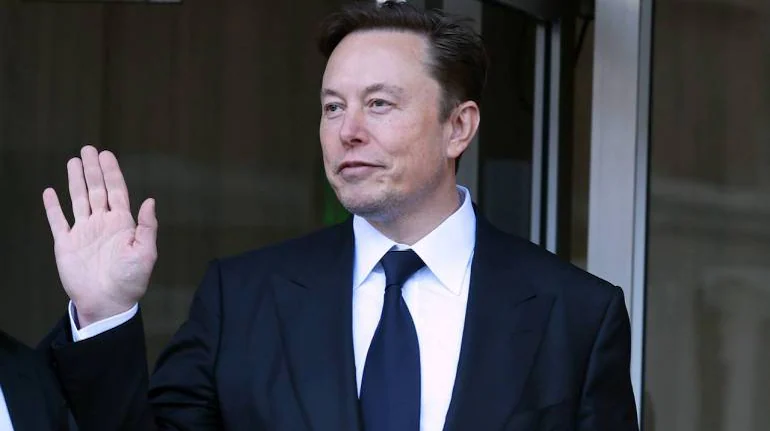Silicon Valley Bank (SVB), one of the largest banks in the US, has been shut down by regulators, and its assets were seized by the Federal Deposit Insurance Corporation (FDIC). The bank primarily serviced customers in the technology industry, including tech workers, startups, and venture capital-backed companies. Its closure marks the largest US bank failure since the 2008 global financial crisis.

The FDIC has created the Deposit Insurance National Bank of Santa Clara to hold the insured deposits from SVB, which will continue to clear checks. The main office and all branches of SVB will reopen on March 13, and insured depositors will have full access to their deposits no later than Monday morning. However, it is unclear how larger accounts or credit lines for companies will be impacted by the closure as FDIC’s standard insurance covers up to $250,000 per depositor.
Amidst the turmoil, Razer CEO Min-Liang Tan suggested that Twitter should consider buying SVB and turning it into a digital bank. This suggestion caught the attention of Twitter chief Elon Musk, who responded positively, saying that he is open to the idea.
This potential acquisition could mark Twitter’s entry into the fintech space, as the company has been exploring ways to expand its business. By acquiring SVB, Twitter could leverage its large user base and strong brand to establish itself as a major player in the digital banking industry. As of writing this story, there’s no official confirmation or further information regarding this comment from the billionaire.
SVB specialized in financing start-ups and had become the 16th largest US bank by assets, with $209 billion in assets and approximately $175.4 billion in deposits. The bank’s problems were sparked by customer withdrawals that led the company to liquidate securities positions whose values had plummeted due to the Federal Reserve’s interest rate hikes. Its rapid collapse has left markets rattled, and the FDIC will seek to liquidate its assets while insured depositors will receive an advanced dividend and potential additional dividend payments as the regulator gradually sell SVB’s assets.
RELATED:
- Meta Seems to be Working on a Twitter Alternative, Codenamed P92
- Bluesky, Twitter’s Latest Alternative, Hits the App Store on An Invite-only Basis
- Twitter to Charge Its Users for SMS Two-Factor Authentication
- Twitter Is Now Advertising for Cannabis-Based Companies
- Twitter Working On Fixing Bug That Spams Everyone with Elon Musk Tweets






